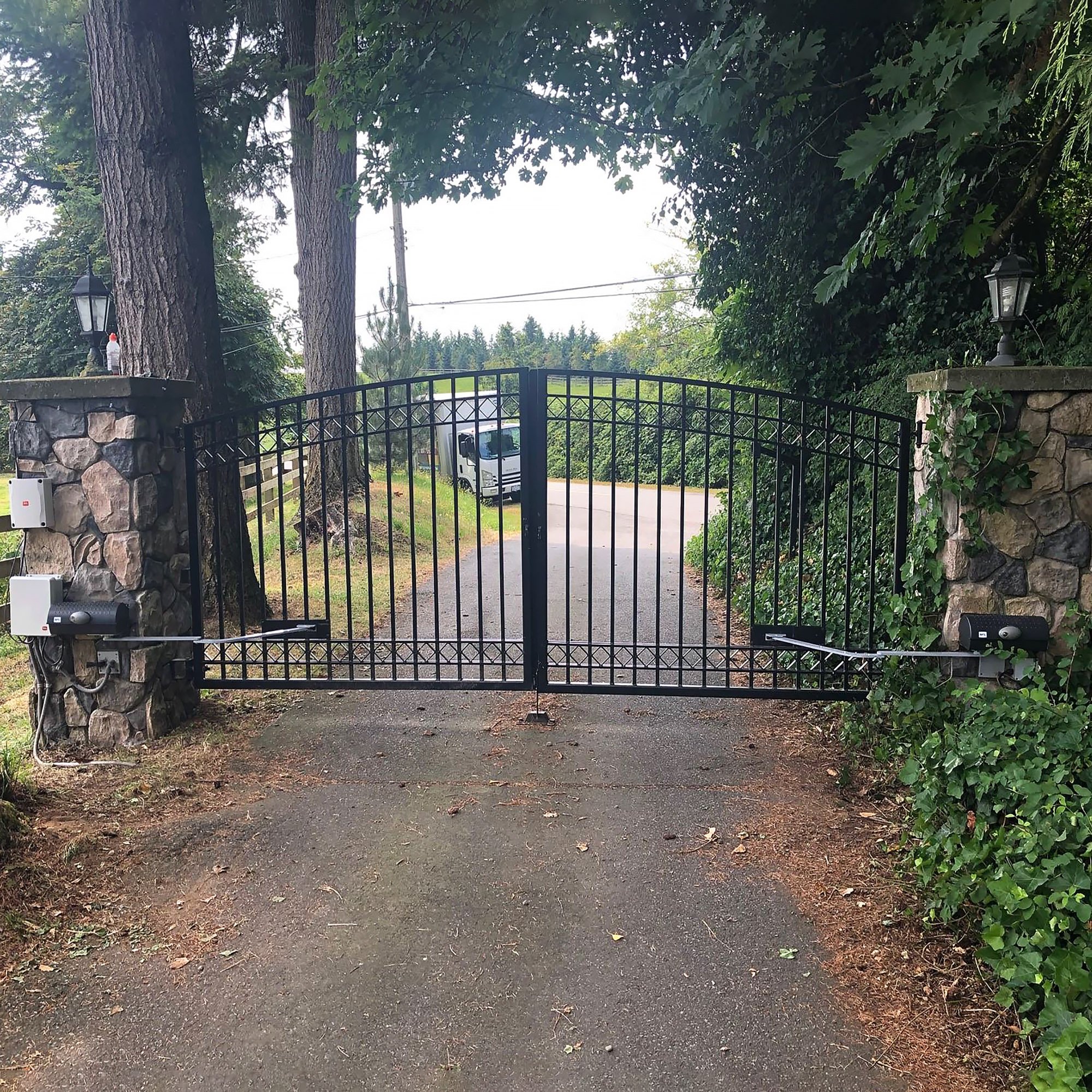Understanding Crash Ratings
Understanding crash ratings will help anyone decide which bollard is right for them. Knowing the difference between the ratings will provide valuable information on which vehicle barrier to buy. There are three ratings to understand, and they are broken up into three categories. The first category is weight. This means what the weight of the vehicle is. It is classified into C, PU, M, and H. The second rating is for the speed of the vehicle. It is broken down into speeds of 30, 40, and 50 mph. The last rating category is penetration distance. They are shown as P1, P2, P3, and P4. Before jumping into all of these ratings even more, there is an older rating made by the Department of Defense that is still occasionally used. It is the K rating.
K-Rating
The K-Rating was developed by the Department of Defense in the 1980s. It was a rating based on the vehicle's speed and how far the front bumper penetrated beyond a barrier. It is still used in some product ratings today, but most new products use a newer rating that is called the ASTM F2656. The K-Rating breaks down the speed of the vehicle into three categories; K4 (30 mph carrying 15,000 lbs.), K8 (40 mph carrying 15,000 lbs.), and K12 (50 mph carrying 15,000 lbs.). The penetration distance is also broken down into three categories; L3 (less than 3 features), L2 (between 3 features and 20 features), and L1 (between 20 features and 50 feet).

Example: A K12 L2 Barrier will stop a 15,000 lb. vehicle traveling 50 miles per hour and will stop within 3 - 20 feet
ASTM F2656 Rating
The American Society For Testing And Materials (ASTM) standard is replacing the K-Rating standard. It was originally adopted in 2007, but there have been revisions since. Both methods have the same miles per hour testing with the M-ratings disregarding the further L-Rating with a P-Rating instead. Some people refer to this new standard as the M-Rating. The "M" signifies 15,000 lb. vehicle weight. The speed is either 30, 40, or 50 mph. The penetration distance is shown as P1 (< 3.3 feet), P2 (3.3 - 23 feet), P3 (23.1 - 98.4 feet), and P4 (> 98.4 feet).

Example: A M30 P1 Barrier will stop a 15,000 lb. medium-duty truck traveling 30 miles per hour and will stop before 3.3 feet
Top-level protection: The full range of BFT bollards covers every type of use, from simple residential car parks to places requiring special security measures, with knock-proof, break-proof anti-terrorism devices. The assortment includes electromechanical and hydraulic products and manual bollards with internal gas springs. They can even be integrated into the U-link network for control and maintenance.
BFT Anti-Terrorism Rated Bollards Catalog
After understanding all the information about crash ratings and what they mean, it should be much easier to decide which bollard or accessory suits your needs. If you would like to place an order or have any questions, do not hesitate to call one of our friendly sales representatives. We are happy to help in any way we can.
Contact Us
Products You May Be Interested In
- BFT XPASS B 330/1200 Automatic Hydraulic Anti-Terrorism Crash Rated M50 Bollard (Stainless Steel)
- BFT XPASS B 275/800 Automatic Hydraulic Anti-Terrorism Crash Rated M30 Bollard




